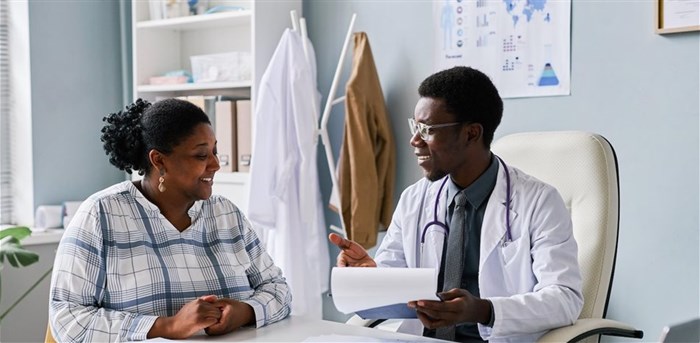
A clinical examination and a simple, painless investigation such as an ultrasound or breast sonar (performed by a radiologist, along with a mammogram if over 35 years) are the best ways to determine the nature of the breast lump. If any of the following occurs, it is important to contact a medical professional promptly:
The results from your radiologist might include some unfamiliar terminology and diseases. Certain breast conditions can increase your susceptibility to developing lumps, but undergoing tests and understanding the language used in your results can provide reassurance. Breast health awareness plays a crucial part in your overall well-being. Detecting lumps early allows your healthcare provider to diagnose the issue and develop appropriate treatment plans.
Medshield Medical Scheme offers various benefits options that cover breast health, along with medical aid coverage for breast screening (mammograms) and access to gynaecologists, oncologists, cardiologists, psychiatrists, psychologists and specialist physicians.